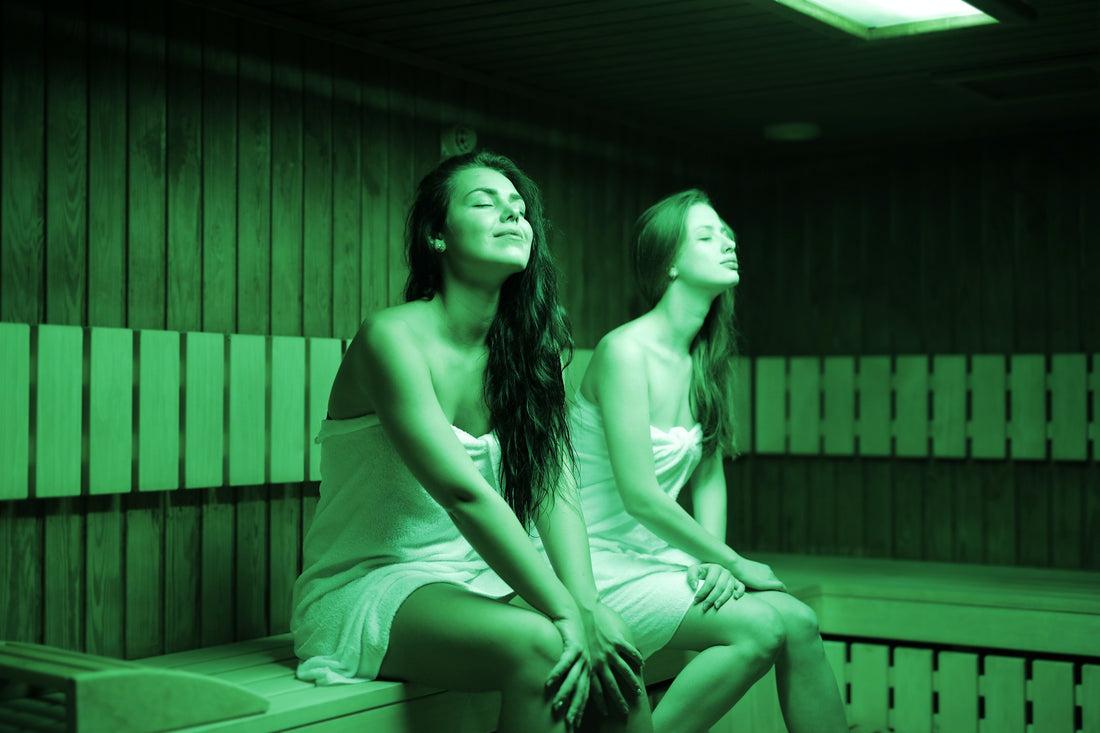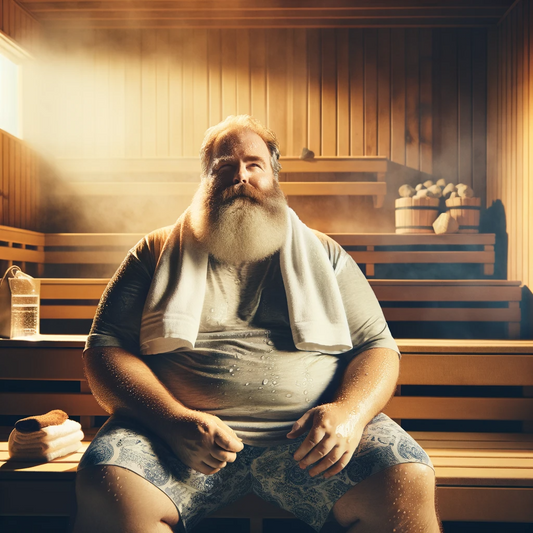Chromotherapy, often referred to as color therapy, operates on the principle that different colors can influence physical and emotional well-being. Practitioners believe that each color emits specific wavelengths and frequencies that interact with the body and mind, potentially aiding in the healing process. Colors generate electrical impulses and magnetic currents, which are prime activators of biochemical and hormonal processes in the human body.
By exposing individuals to particular colors through various methods—such as light, visualizations, or colored environments—chromotherapy aims to restore balance and promote health. This alternative therapy draws from ancient practices and is used to address a range of issues, from stress and depression to physical ailments. While scientific evidence on its efficacy is still emerging, chromotherapy continues to be explored and utilized for its potential holistic benefits.
What is Chromotherapy?
Everyone knows the colors of the rainbow, but did you know that each color holds special benefits to your mental and physical health?
Colors are powerful. Colored light can affect our emotions, our mood, and how our body responds to the different colors is really the benefits everyone is seeking when they use Chromotherapy. Chromotherapy uses the visible spectrum of electromagnetic radiation to influence physical and emotional well-being, affecting both the mind and the physical body.
So what is it exactly? Chromotherapy is another name for color light therapy (or coloured light therapy, depending on where you’re from). Light therapy has been around for at least two centuries and is considered still relatively modern. In 1810, Johann Wolfgang con Goethe published his discoveries on how color affects psychological perceptions and psychological conditions. In the late 1800s, scientists Dr. Seth Pancoast and Edwin D. Babbitt published research ‘Principles of Light and Color’ (published in 1878), detailed many case histories successfully treated with color therapy using even a rudimentary device: a colored glass bottle.
The benefits of this science have been studied and used for centuries (dating back to Mayan times and used all over the world including China, India, and Egypt) and used widely today for a variety of purposes. You may even have heard of certain colors being used in logos or marketing to elicit a certain response for buyers. Or perhaps you know of a baby who needed to remain ‘under the lights’ due to jaundice?
How Do Colored Light Affect the Human Body?
There are several ways colored light affects the human body, each with distinct mechanisms and benefits:
- Sunlight and Vitamin D Production: Exposure to sunlight triggers the synthesis of vitamin D in the skin, specifically through the action of ultraviolet (UV) light. UVB rays convert 7-dehydrocholesterol in the skin into vitamin D3, which is then processed by the liver and kidneys into its active form. This process is essential for bone health, immune function, and overall well-being.
- Blue Light Therapy for Neonatal Jaundice: Blue light therapy is commonly used to treat neonatal jaundice, a condition caused by high levels of bilirubin in the blood. The blue light (typically around 460-490 nm) penetrates the skin and converts bilirubin into a more water-soluble form through a process called photo-oxidation, which can then be excreted by the liver more easily, reducing the risk of bilirubin toxicity in newborns 1 3.
- Light Through the Eyes and Brain Activation: Light entering through the eyes plays a critical role in regulating the body’s internal clock and various biological processes. Light exposure stimulates the hypothalamus, which governs vital functions such as the sleep-wake cycle, hormone release, and mood regulation. This mechanism is particularly important in treating Seasonal Affective Disorder (SAD), where increased light exposure helps mitigate symptoms of depression by enhancing the activity of the hypothalamus and subsequently balancing hormone levels.
- Electromagnetic Influence and Physiological Processes: Different colors of light generate specific electromagnetic impulses and magnetic currents in the body. For example, red light is known to enhance blood circulation and stimulate collagen production, aiding in wound healing and reducing inflammation. Blue light can have a calming effect and help stabilize mood and sleep patterns. This principle is utilized in chromotherapy to target various health conditions by applying specific colors to influence bodily functions and promote healing 2 3. Chromotherapy can also balance diseased energy patterns in the body by harmonizing the vibrational energy of organs and energy centers.
Additionally, in the context of traditional Chinese medicine, colors are associated with specific organs and elements, influencing the body’s energy flow and overall balance. For instance, green is linked to the liver and is believed to promote detoxification and emotional stability.
These examples illustrate the diverse ways in which colored light can impact human health, from biochemical reactions to psychological well-being.
The Five Colors of Chinese medicine:
- Black/Blue: Kidney organ system, bladder, water, fear
- Green: Liver organ system, gallbladder, wood, anger
- Red: Heart organ system, small intestine, fire, joy
- Yellow: Spleen organ system, stomach, earth, worry
- White: Lung organ system, large intestine, metal, grief
In traditional Chinese medicine, each color is associated with an organ and elemental system. When a particular organ or system is under-active, its energy decreases, so the appropriate activating color is projected on the affected area (sometimes the entire body). If overactivity is present, the obvious remedy is an opposite (depressant) color.
Benefits of Color Therapy for Seasonal Affective Disorder
1. Pain Relief and Reduced Inflammation: Applying chromotherapy to areas of pain or inflammation can help soothe muscles and reduce irritation. By restoring balance to disrupted energy patterns, chromotherapy supports the body's natural healing processes.
2. Accelerated Healing: Color light therapy can enhance the body’s natural healing capabilities, making it effective in the treatment of post-surgical scars, burns, and other wounds. The therapy promotes quicker tissue repair and regeneration.
3. Increased Range of Motion: Chromotherapy helps to relax muscles and lubricate joints, which can lead to improved flexibility and a wider range of motion. This is beneficial for maintaining overall mobility and preventing injuries.
4. Decreased Muscle Tension: Using color light therapy on areas with tight muscles can help release tension and alleviate muscle knots. This relaxation contributes to overall stress reduction and a greater sense of well-being.
5. Improved Circulation: Different colors in light therapy can stimulate blood flow similarly to heat therapy. This can be particularly effective when combined with infrared sauna use, enhancing circulation throughout the body.
6. Regulated Mood and Relief from Seasonal Affective Disorder (SAD): Each color of light can evoke specific emotional responses, helping to stabilize mood and alleviate symptoms of SAD. By influencing the endocrine system, chromotherapy can help balance hormones and improve mental health.
7. Improved Sleep Patterns: The calming effects of chromotherapy, along with muscle relaxation, can lead to better sleep quality. When paired with sauna therapy, these benefits can be further amplified, resulting in more restful sleep.
8. Anti-Aging Benefits: Chromotherapy can stimulate skin cells and boost collagen production, leading to improved skin texture and elasticity. This can help reduce the appearance of wrinkles and promote a more youthful complexion.
What Conditions Can Chromotherapy Improve, Including Blood Pressure?
Chromotherapy is believed to improve a variety of conditions by using different colors of light to elicit specific responses in the body. Some common conditions and their corresponding light colors include:
- Stress and Anxiety: Blue light is often used to promote relaxation and calm the mind, helping to reduce stress and anxiety levels.
- Depression: Yellow light is believed to stimulate the nervous system and uplift mood, potentially alleviating symptoms of depression.
- Insomnia: Indigo light is used to promote deep sleep and relaxation, aiding in the treatment of insomnia.
- Pain and Inflammation: Red light is thought to improve circulation and reduce pain and inflammation, making it useful for conditions like arthritis and muscle pain.
- Digestive Issues: Orange light is used to stimulate the digestive system and improve metabolism, potentially helping with digestive problems. Orange combines physical energy with mental wisdom, promoting healing and greater understanding.
- Immune System Support: Green light is considered balancing and harmonizing, which can help strengthen the immune system and promote overall well-being.
- Fatigue: Violet light is believed to have a calming effect on the mind and body, which can help alleviate feelings of fatigue and promote rejuvenation.
- Cancer (especially breast cancer): Purple light is sometimes used in an attempt to support overall healing and enhance the body’s ability to fight cancer cells, particularly in breast cancer.
- Hematoma: Yellow light is used to reduce the appearance and discomfort of hematomas by promoting healing and reducing inflammation.
- Hepatitis B: Green light therapy is believed to support liver function and improve symptoms related to Hepatitis B.
- Hypertension: Blue or green light is utilized to induce relaxation and lower blood pressure, helping to manage hypertension. Blue light also influences the body's physical energy levels.
- Neonatal Jaundice: Blue light is commonly used in medical settings to treat neonatal jaundice by breaking down excess bilirubin in the blood.
- Peptic Ulcer Disease: Orange light may be used to stimulate digestion and promote the healing of ulcers in the digestive tract.
- Hyperthyroidism: Blue light is used to calm the overactive thyroid gland and help regulate its function.
- Alopecia: Red light therapy is believed to stimulate hair follicles and promote hair growth, potentially benefiting individuals with alopecia.
Does chromotherapy actually work? Is there science proving its benefits?
Yes, there are scientific studies that suggest the potential benefits of chromotherapy for various health conditions. Here are summaries of three studies:
Wound Healing: A study involving NASA and the Medical College of Wisconsin demonstrated that high-intensity red and near-infrared LED light significantly accelerated the healing of wounds that were starved for oxygen. This research found that LED light therapy boosted the production of growth-factor proteins, collagen, and blood vessels, leading to faster healing of musculoskeletal injuries and lacerations in military personnel 1.
The visible light spectrum is used in chromotherapy to provide healing energy to the body.
Cognitive Improvement in Older Adults: A study published in the journal Clinical Interventions in Aging explored the effects of chromotherapy on the cognitive abilities of older adults. The study found that exposure to specific wavelengths of light improved cognitive function and brain activity. The researchers concluded that chromotherapy could be a valuable complementary therapy for enhancing cognitive health in the elderly population 2.
Mood and Sleep Regulation: Research published in the Journal of Clinical Psychology investigated the effects of blue light therapy on patients with seasonal affective disorder (SAD). The study found that blue light therapy significantly reduced symptoms of depression and improved mood. Additionally, a study in the Journal of Sleep Research demonstrated that exposure to green light before bedtime improved sleep quality and reduced insomnia symptoms, highlighting the potential of chromotherapy in managing sleep disorders 2 3.
These studies suggest that chromotherapy may have various beneficial applications, although more research is needed to fully understand its mechanisms and efficacy.
Why are Chromotherapy and Saunas often paired together?
Since we sell saunas and deal with many customers who have questions about saunas, it's important we address why it is that saunas and sauna bathing are often combined with color light therapy.
 To start, let's address infrared saunas. Infrared is a type of light; albeit invisible light. Infrared light is a type of electromagnetic radiation with wavelengths longer than visible light, typically ranging from 700 nanometers (nm) to 1 millimeter (mm). It is not visible to the human eye but can be felt as heat. You can also learn more about the difference between Near, Mid, and Far infrared light in our post here.
To start, let's address infrared saunas. Infrared is a type of light; albeit invisible light. Infrared light is a type of electromagnetic radiation with wavelengths longer than visible light, typically ranging from 700 nanometers (nm) to 1 millimeter (mm). It is not visible to the human eye but can be felt as heat. You can also learn more about the difference between Near, Mid, and Far infrared light in our post here.
In chromotherapy, infrared light is used for its deep-penetrating heat and therapeutic properties. The heat generated by infrared light can enhance blood circulation, blood pressure, reduce pain and inflammation, and promote relaxation and healing. By incorporating infrared light into chromotherapy sessions, practitioners aim to combine the benefits of light therapy with the healing properties of heat, thus enhancing the overall therapeutic effect 1 2.
Chromotherapy is often combined with saunas because the heat from the sauna can enhance the therapeutic effects of color therapy. The combination of heat and light is believed to provide a synergistic effect that amplifies the benefits of both therapies.
- Enhanced Absorption and Relaxation: The heat from a sauna causes the body's blood vessels to dilate, improving circulation and making the skin more receptive to light therapy. This increased blood flow can help distribute the benefits of chromotherapy more effectively throughout the body 1 2.
- Detoxification: Saunas promote sweating, which helps to detoxify the body by expelling toxins through the skin. When combined with chromotherapy, the detoxification process is believed to be more effective, as the colors can support various detox pathways and enhance overall cleansing 3.
- Relaxation and Stress Reduction: Both saunas and chromotherapy are known for their relaxing effects. Combining the two can create a more profound sense of relaxation and stress reduction. The heat from the sauna can help relax muscles and ease tension, while the colors can further promote emotional and mental well-being 3.
While chromotherapy is often used in conjunction with saunas, it can also be used independently. Chromotherapy can be applied through various methods such as:
- Light Panels and Lamps: These devices emit specific wavelengths of light and can be used at home or in clinical settings to target particular health concerns without the need for a sauna 2.
- Colored Glasses and Filters: Wearing glasses with colored lenses or using colored filters over windows or light sources can provide the benefits of chromotherapy in everyday environments 3.
- Baths and Showers: Some therapeutic setups include chromotherapy in bath or shower systems, where colored lights are incorporated to provide a relaxing and healing experience without the heat of a sauna 3
Overall, while the combination of chromotherapy and saunas can enhance the therapeutic effects, chromotherapy remains a versatile therapy that can be beneficial on its own.
References




